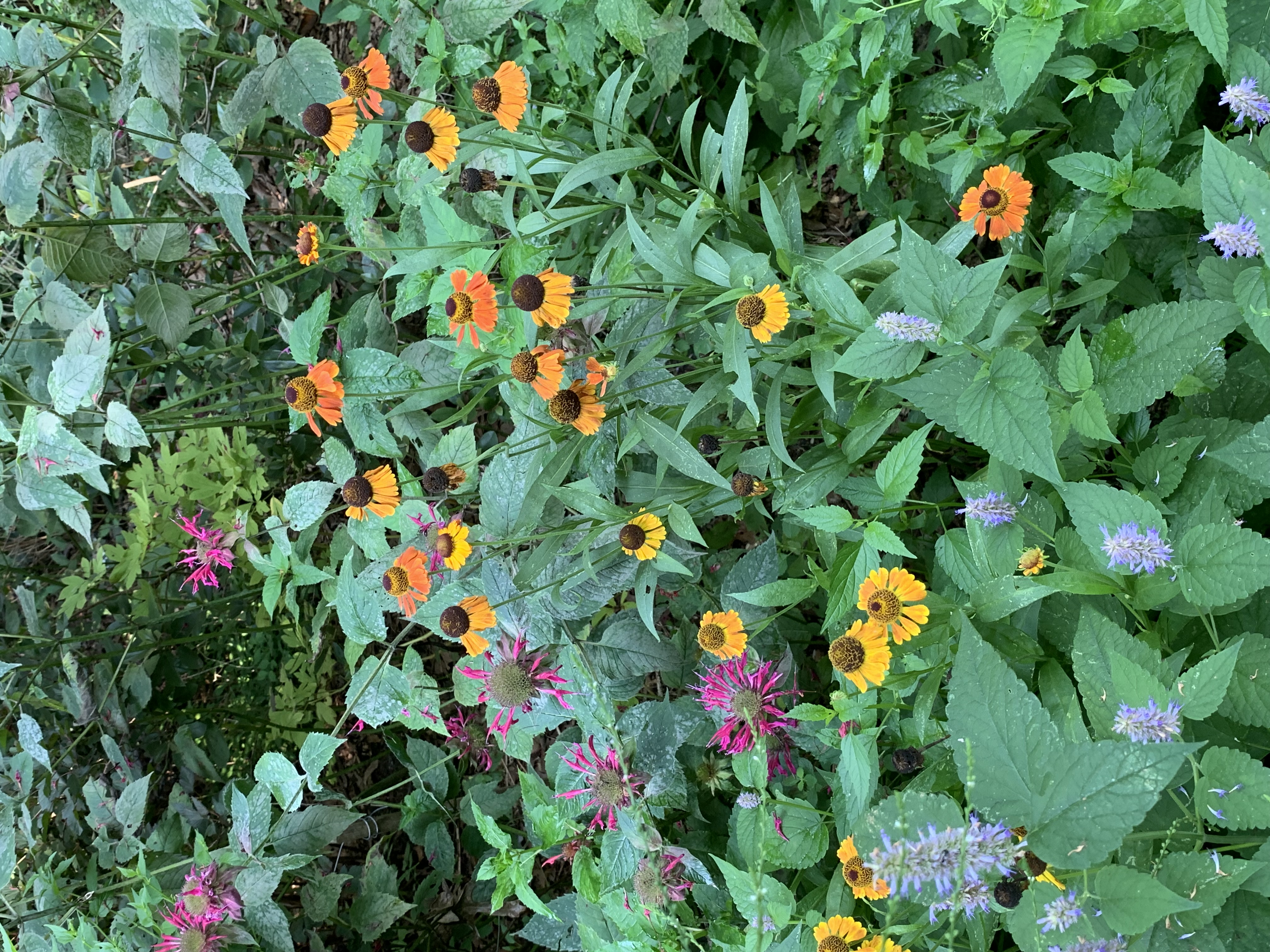Heleniums: Nothing to Sneeze At

By Maria Price
Helenium autumnale, also known as sneezeweed, is a perennial flower that is beautiful and long-lived. Helenium has a natural range from Quebec to Florida and west to British Columbia and Arizona. It is hardy from horticultural zones 3 to 8 and blooms in late summer or fall, attracting bees and butterflies. Common sneezeweed is in the daisy or Aster family (Asteraceae).
Helenium can be found in most of the United States in moist soils along edges, shores, and thickets. The plant’s stem branches near the top with many flowers on each plant. It’s good to cut the stems back in early summer, in June to July, to force more branched flowering heads. The clumps can be divided every few years to maintain vigor. Heleniums are pollinated by insects, not the wind.
The flowers of the wild flower are yellow rays with a conspicuous disc, often brown or yellow. Breeders have worked to develop heleniums in colors from red to mahogany to primrose yellow. Breeding has also brought earlier flowering times. The variety called Mardi Gras has bicolor yellow and red ray flowers, and one called Ruby Gem has red-bronze and yellow flowers.
Botanist Sue Trull from the Ottawa National Forest reports that sneezeweed was a name given by the Menominee Indians of Wisconsin. In certain cultures, sneezing was regarded as a desirable way to rid the body of evil spirits or loosen up a head cold. Ethnobotanist Dr. James Duke writes that the American Indians use the powdered, dried disc florets as a snuff for head colds and excess mucus.
Working around the fresh plant has never made me sneeze.
It’s also known as Helen’s flower, referring to Helen of Troy. The flowers supposedly sprang from the ground where Helen’s tears fell.
Helenalin is a sesquiterpene lactone found in species of helenium that makes it poisonous to humans, fish, dogs and livestock, especially sheep. Helenalin irritates mucous membranes but research studies by the National Cancer Institute have found it to possess significant anti-tumor properties.
